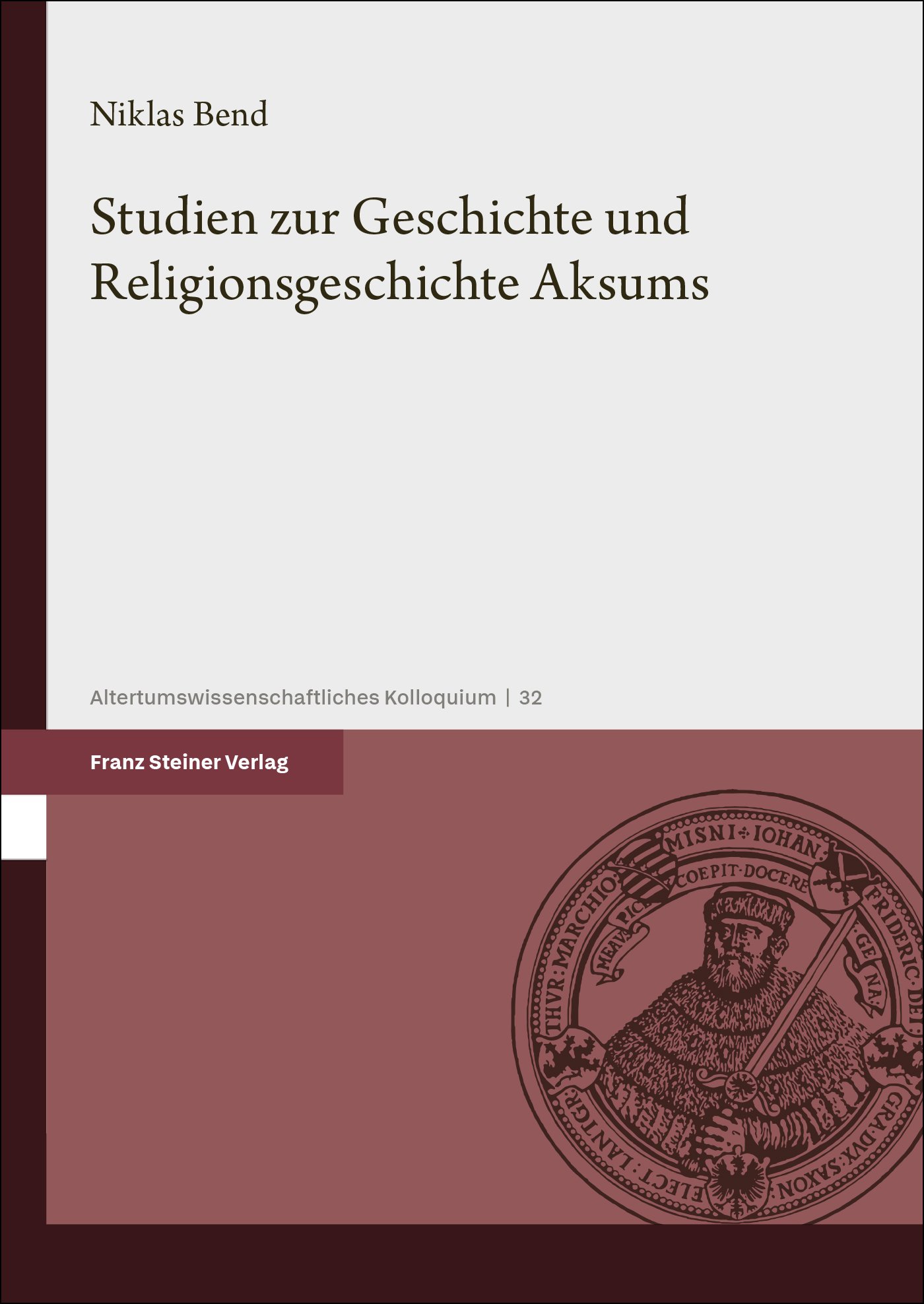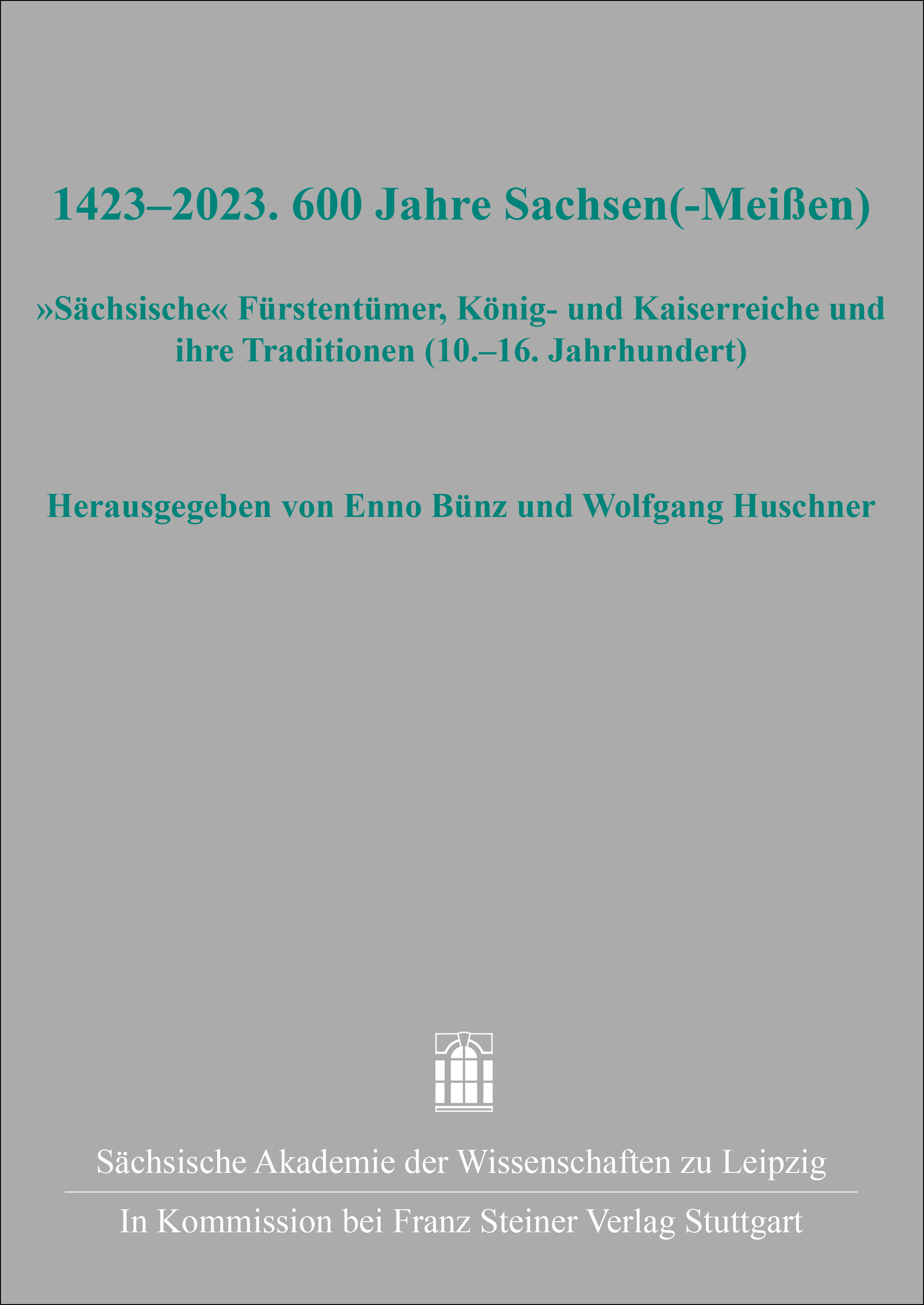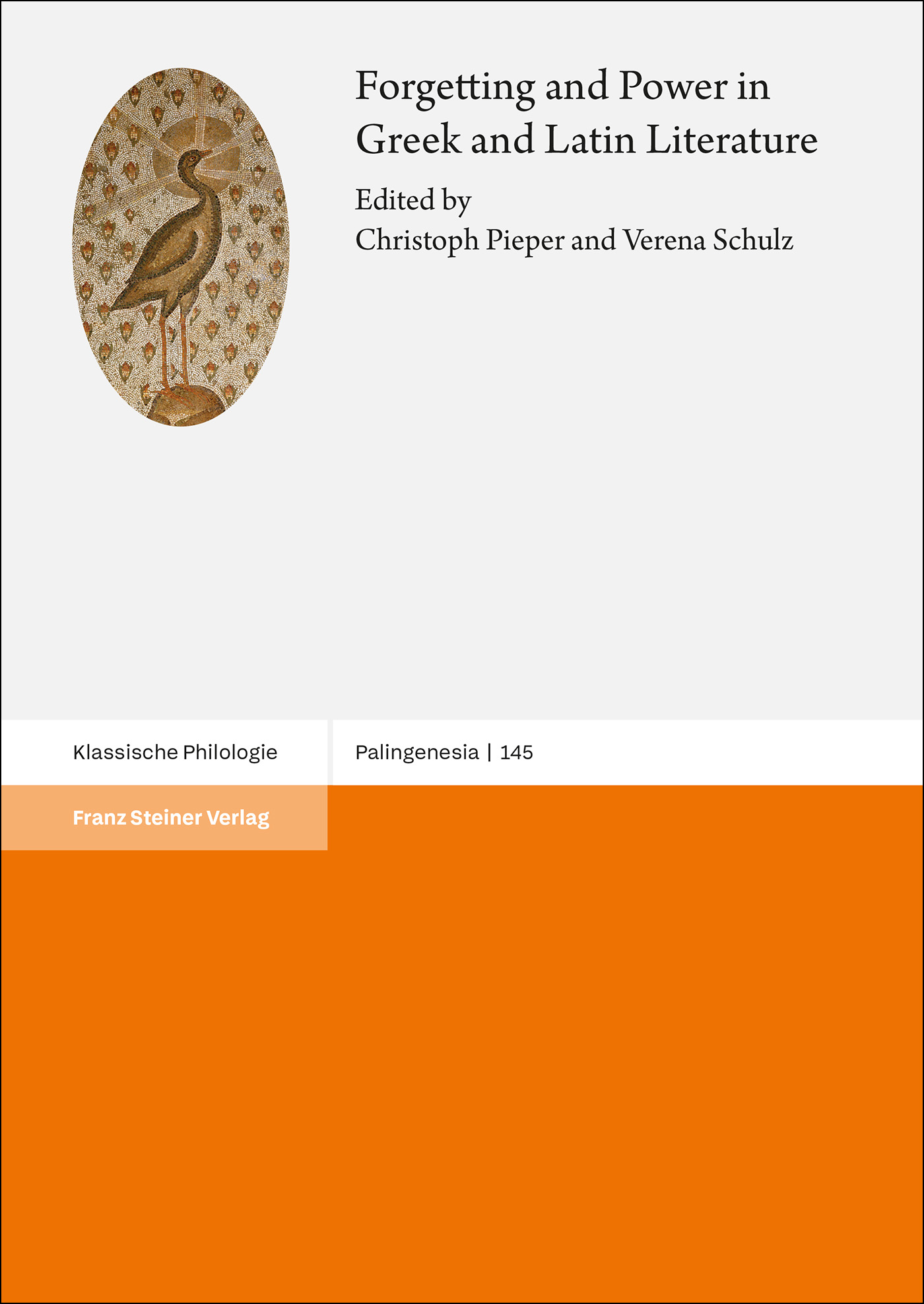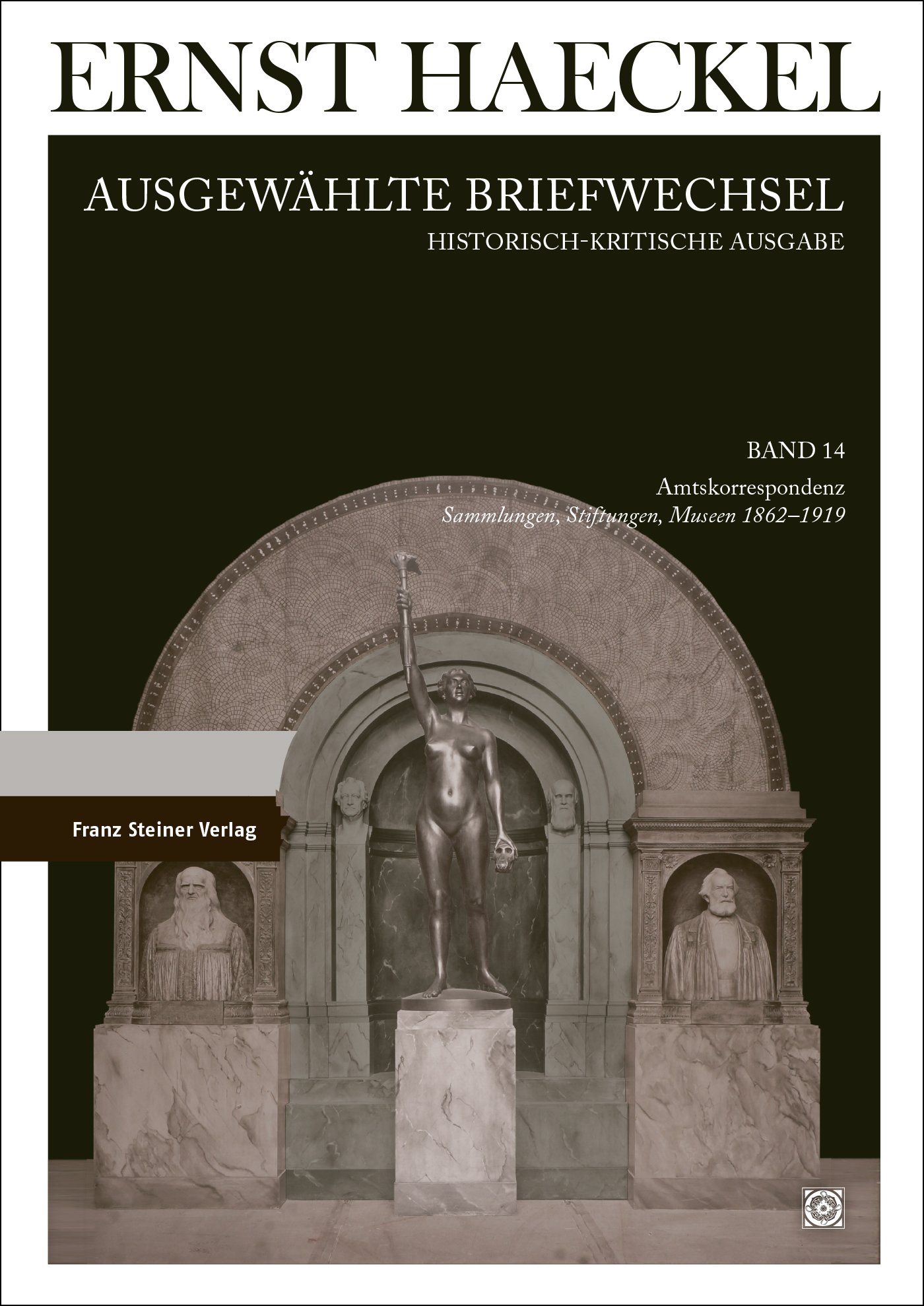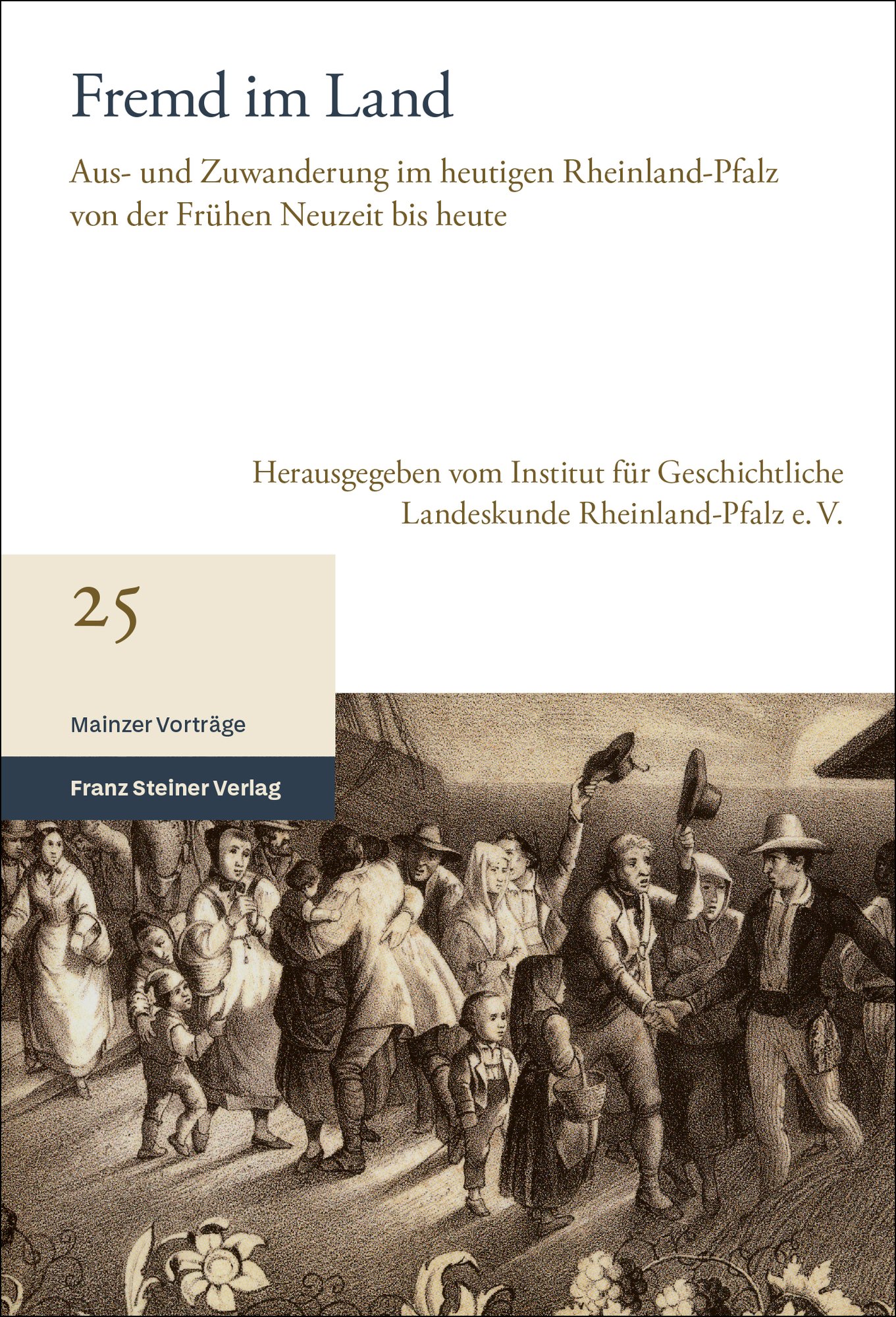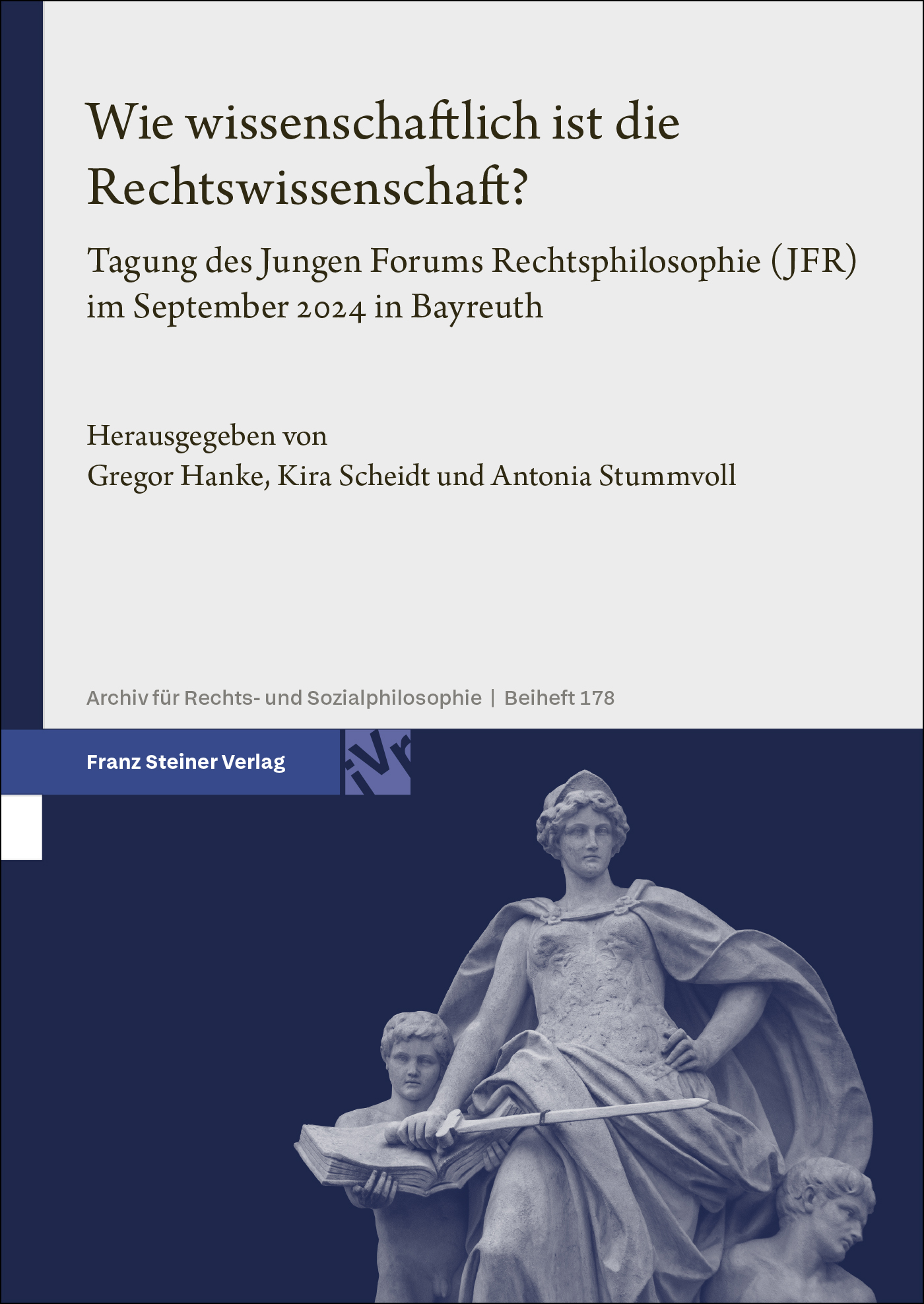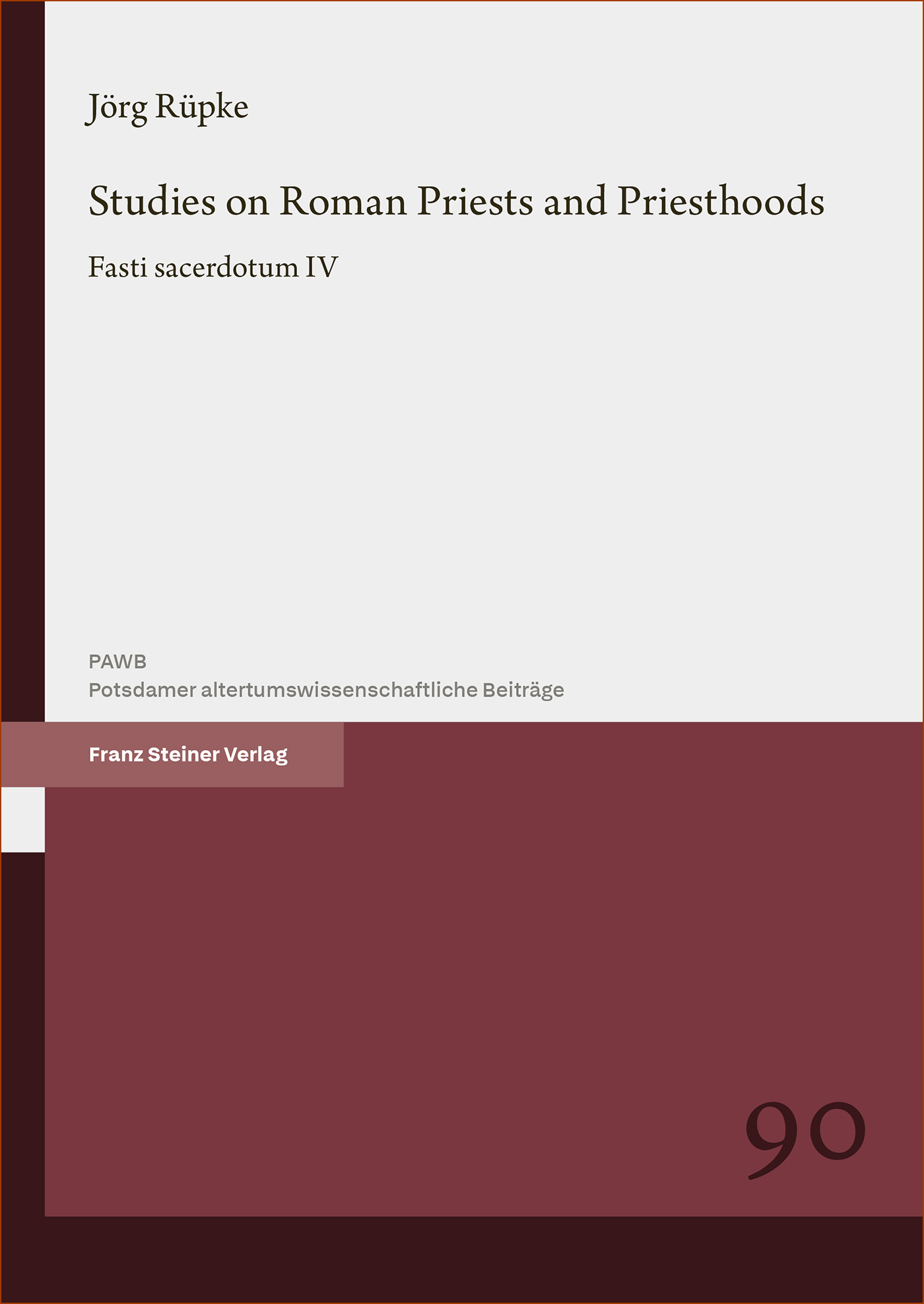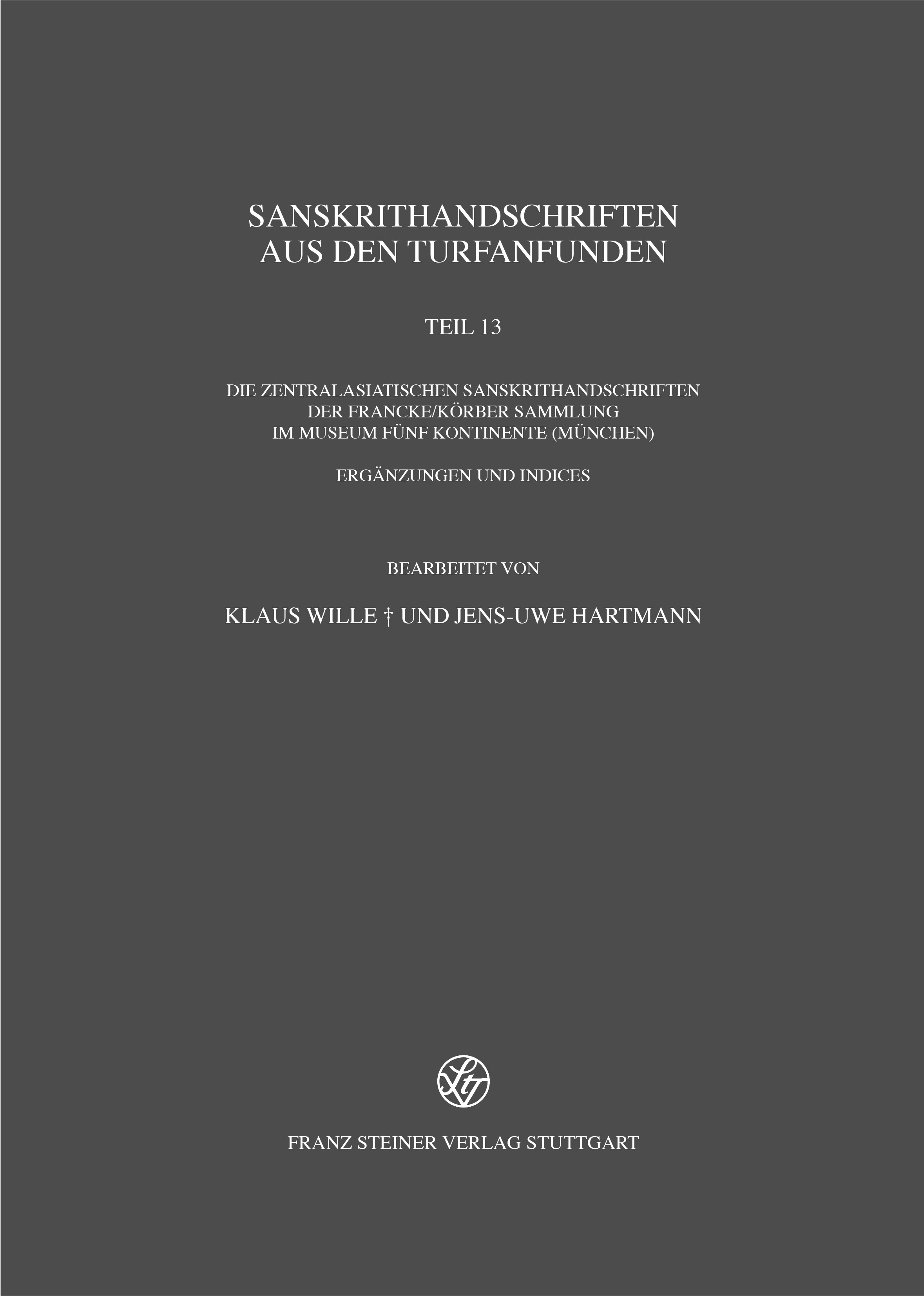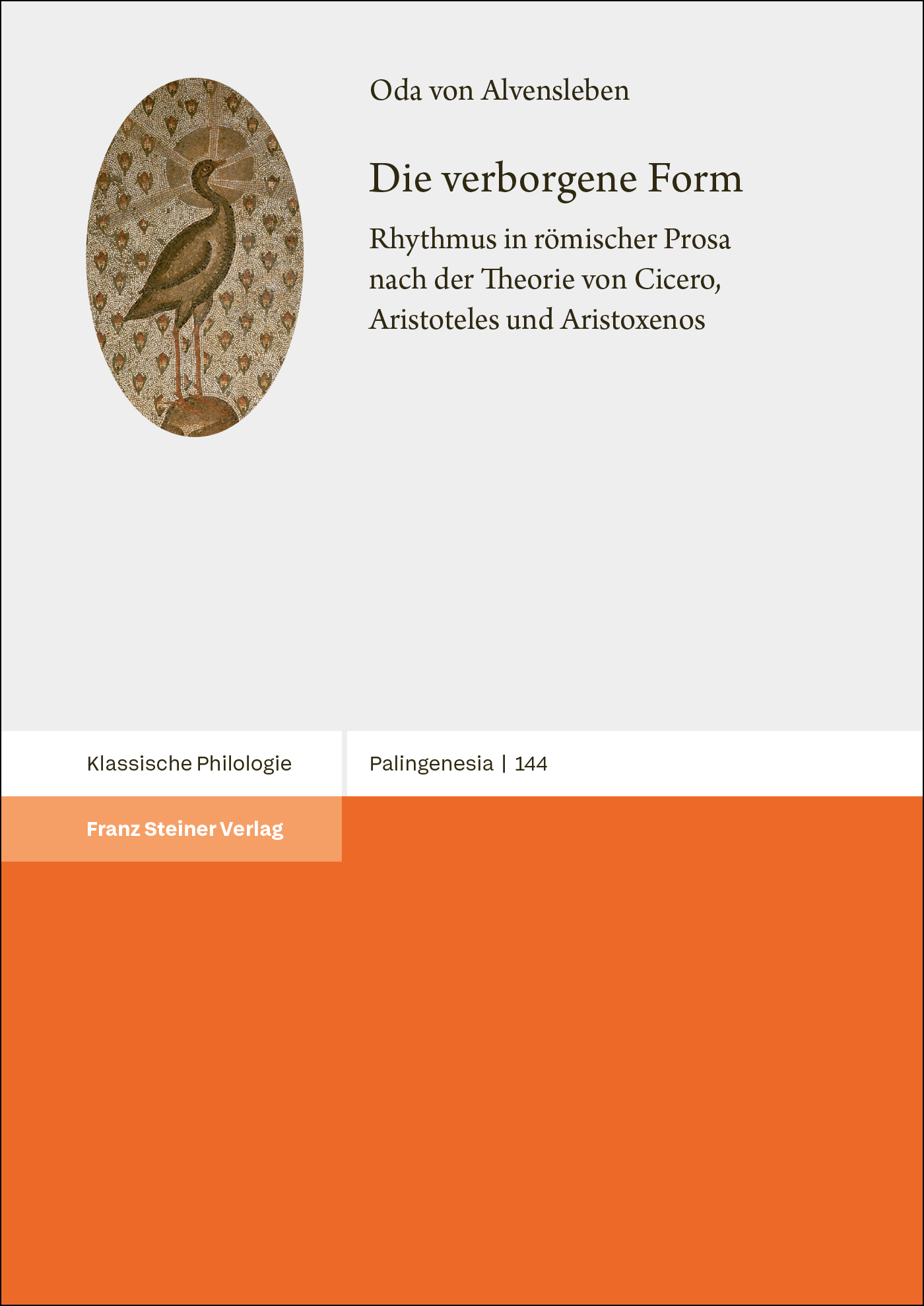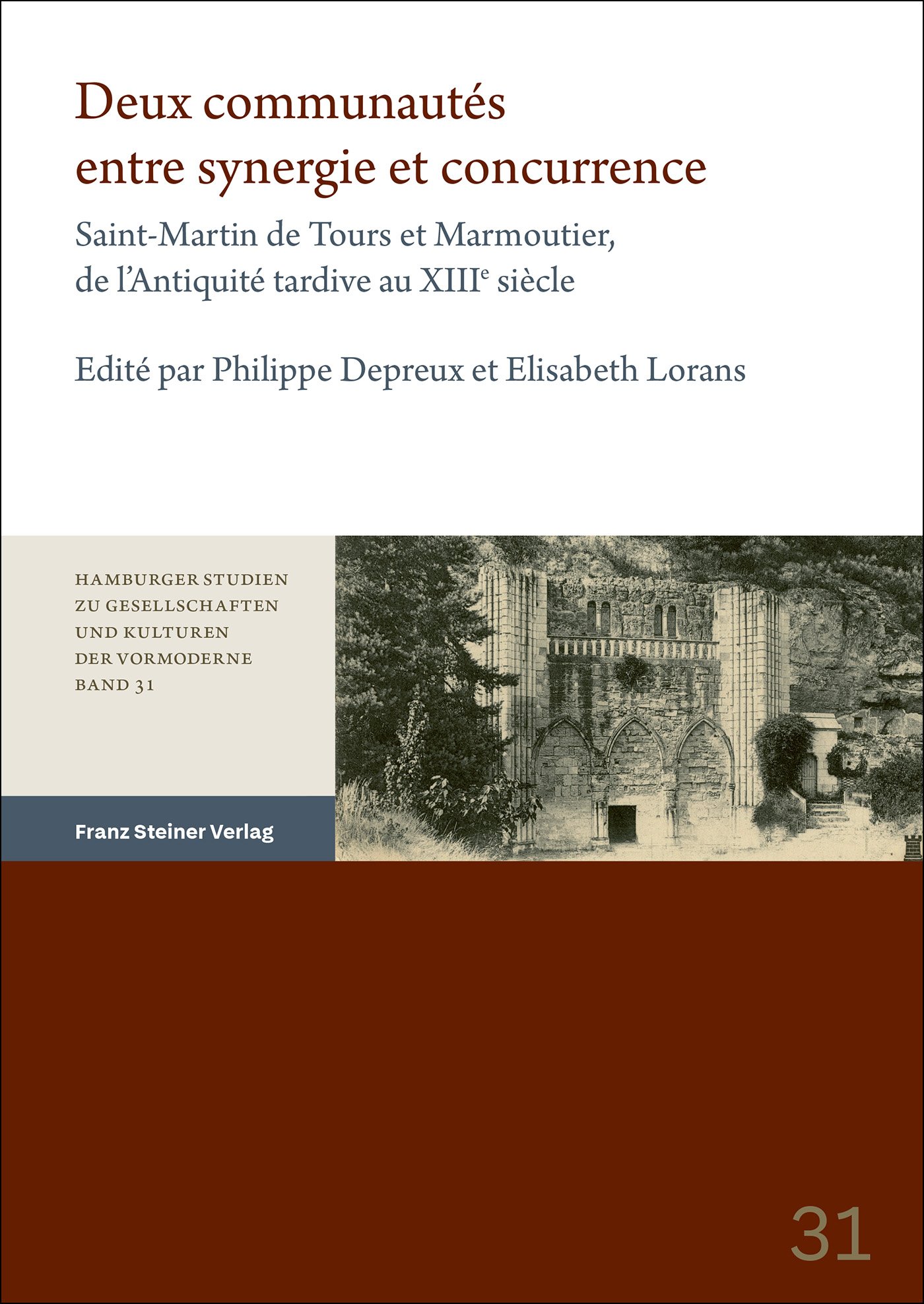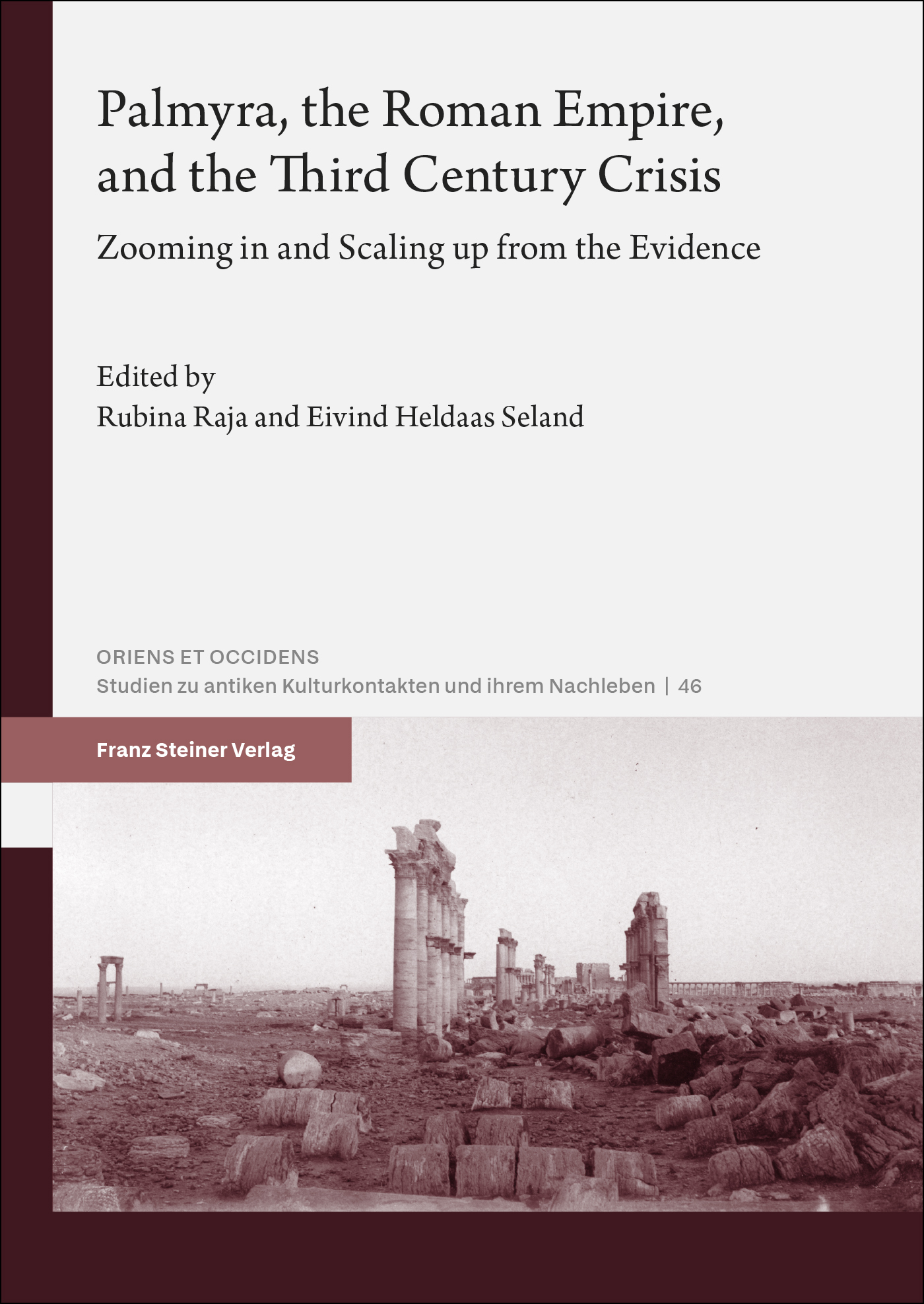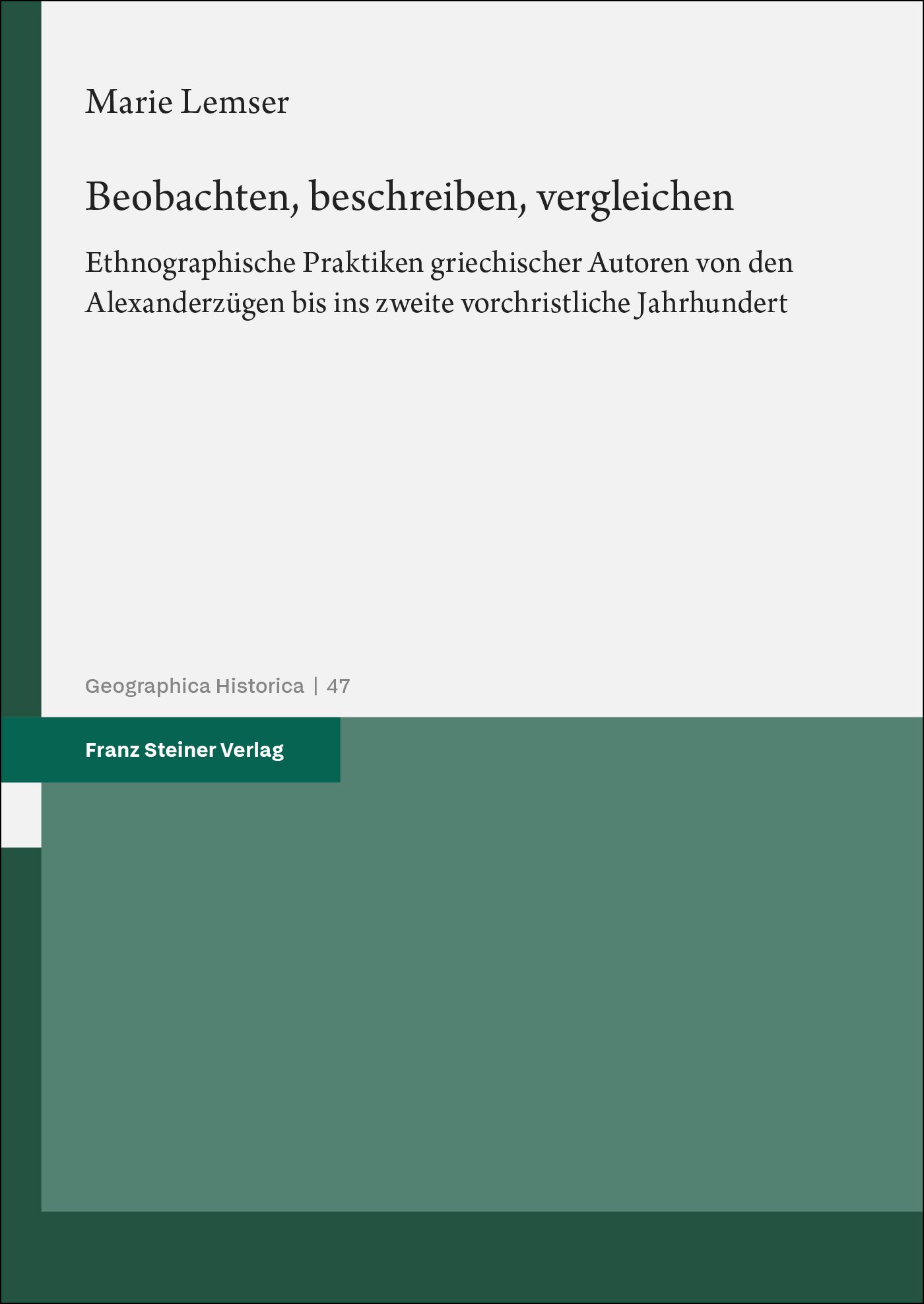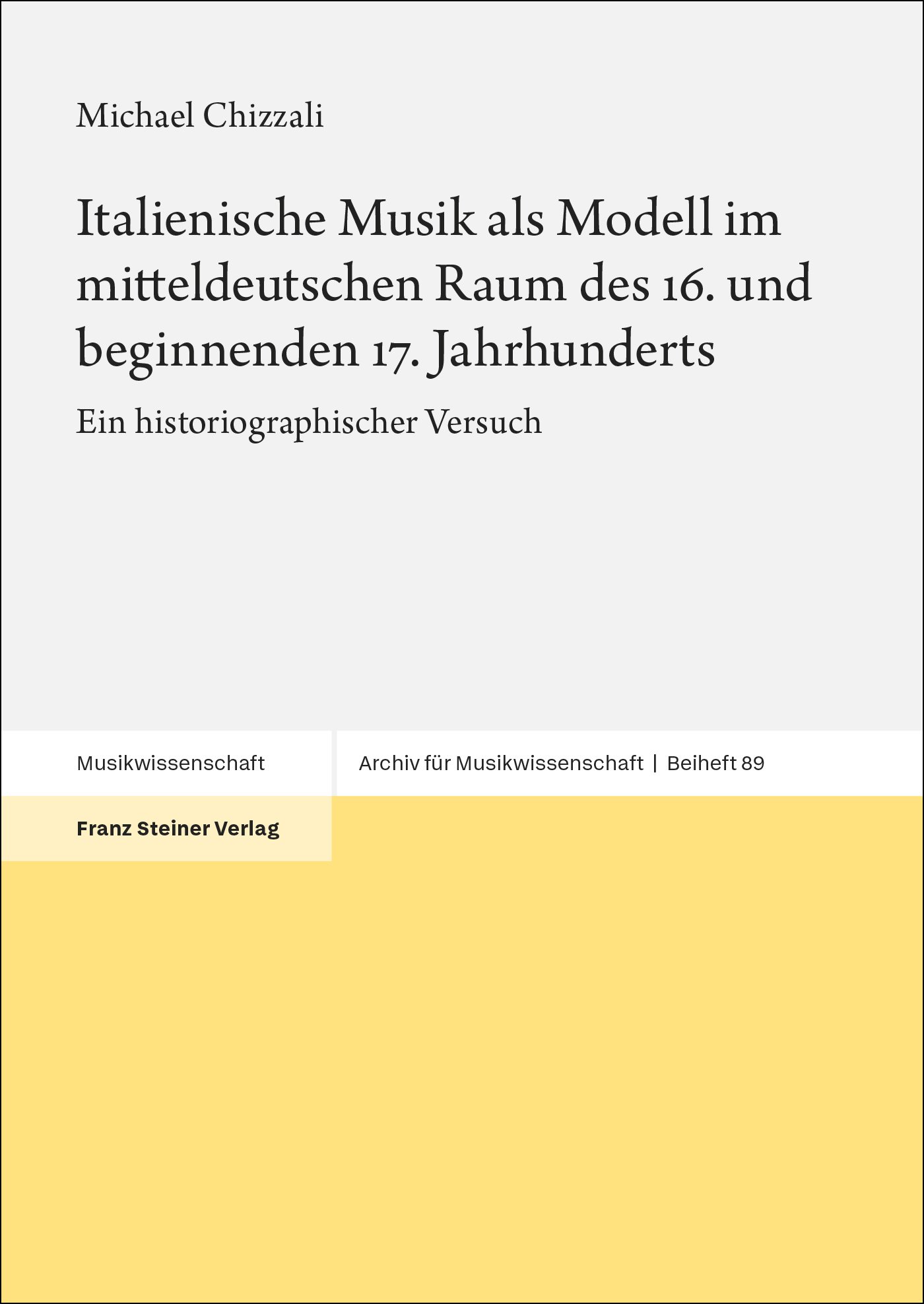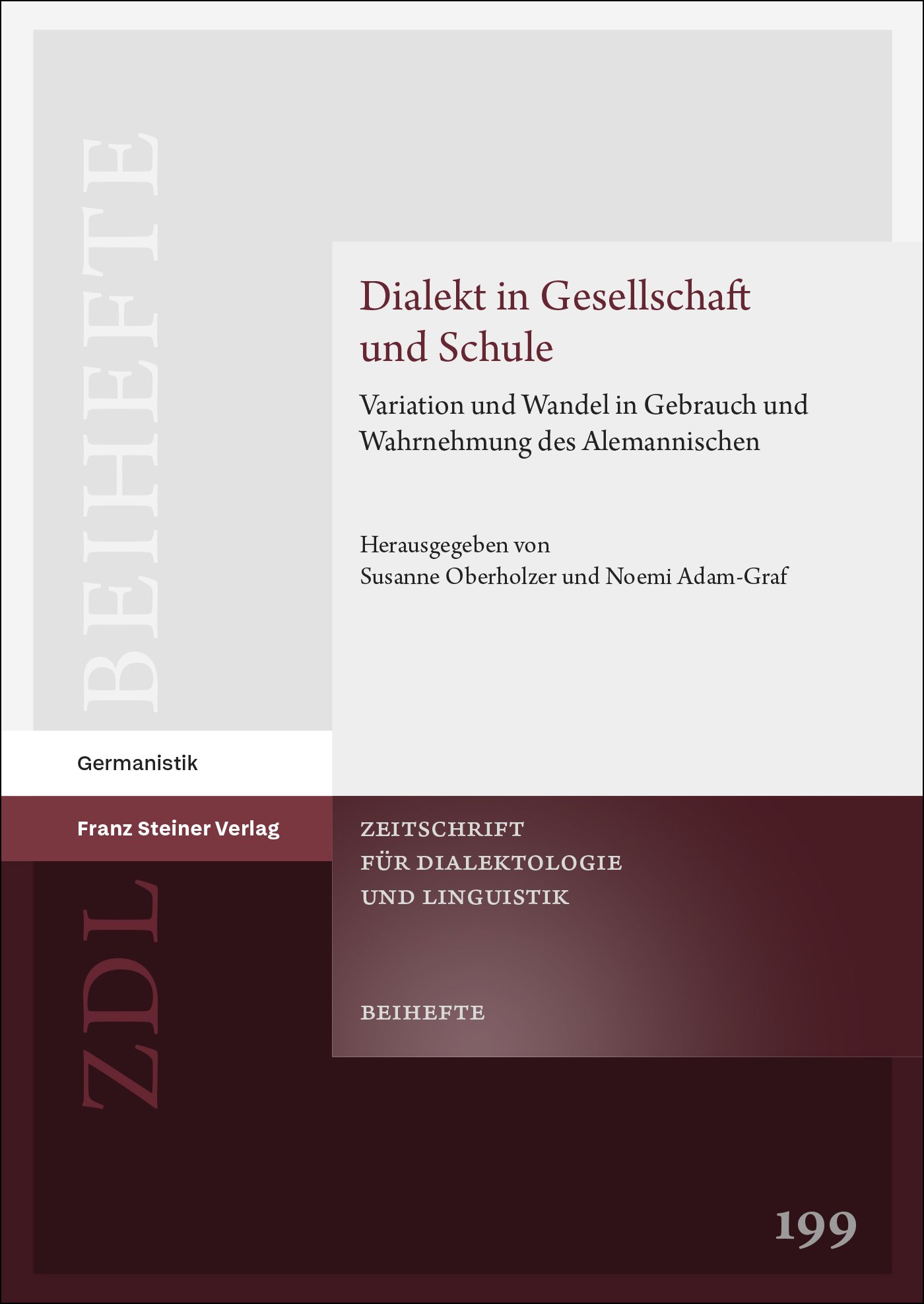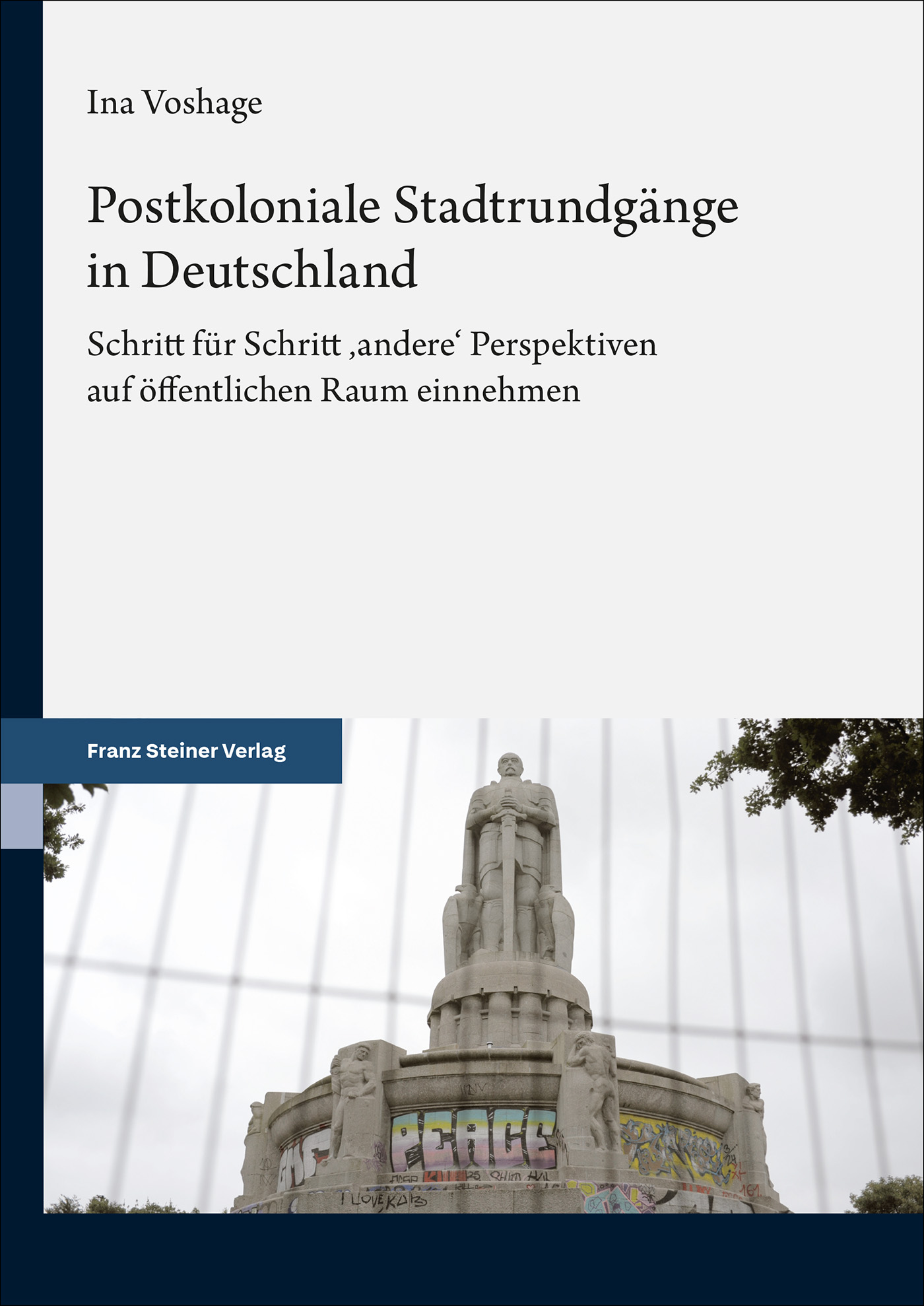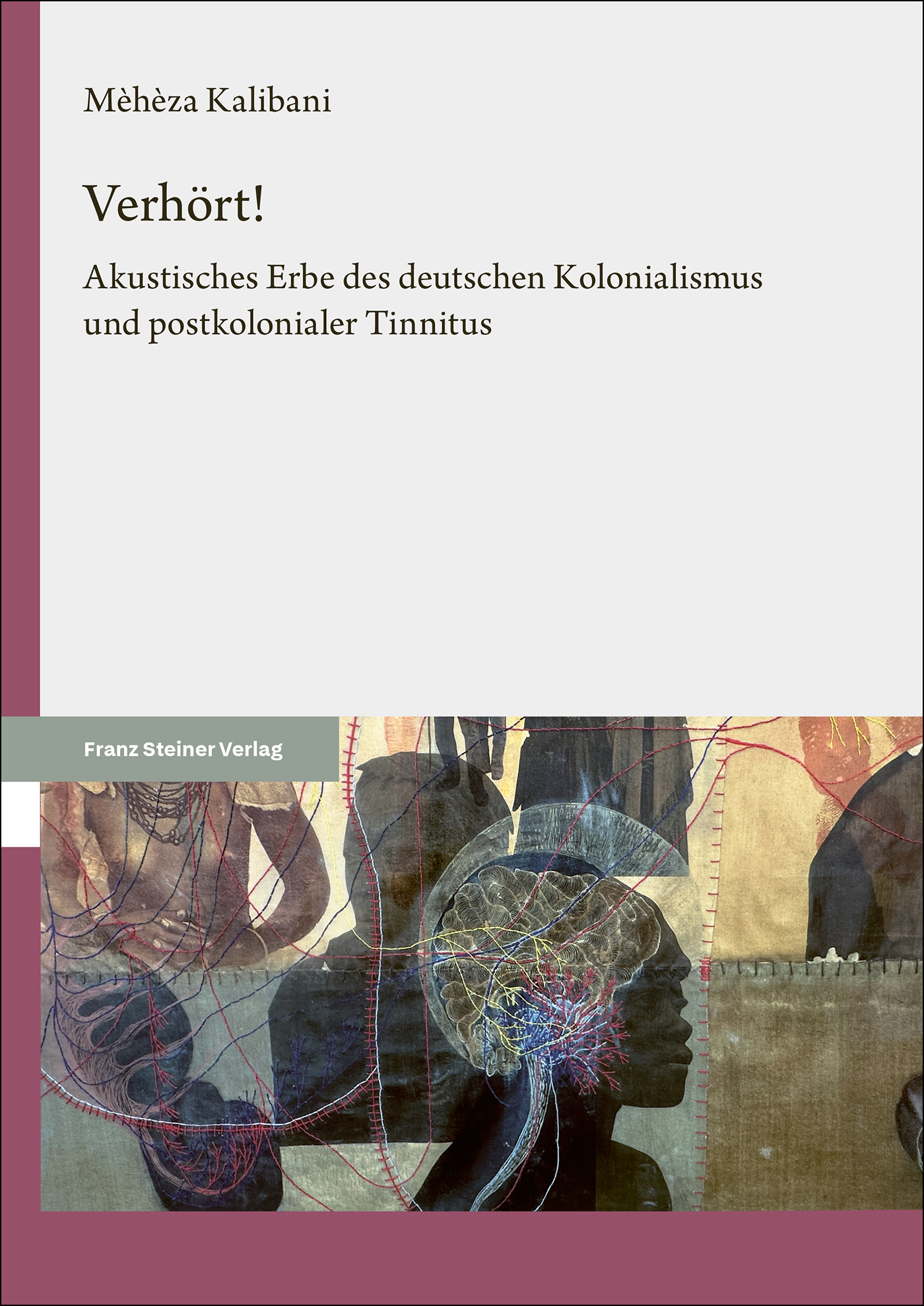Indices
Term selection
- An index is a “better table of contents” for scientific publications, significantly increasing the readability of a volume. This still applies in the age of e-books, with a missing index often being negatively noted in reviews. In some of our series, an index is required, particularly an index of names. In addition, place, subject or source indexes may be useful, depending on the project.
- It is worthwhile starting the task early in the manuscript revision process by creating lists of possible entries.
- Terms from the front matter, the table of contents, acknowledgements, general (not thematic) forewords and bibliographies are not included in the index.
- Terms from annotations or footnotes are included if they are not merely bibliographic references. Correspondingly, authors of secondary literature, for example, can be included if they are discussed in more detail.
- Conversely, not all people and places mentioned in the continuous text necessarily need to be included in the index, only terms about which something substantial is said. (In the comparison “XY looked like Shakespeare”, Shakespeare need not appear in the index).
- If a person (e.g. in a biography) or a place (e.g. in a city history) is mentioned on almost every page of the text, the term is not included in the index. In this case, please add a note above the index (“XY is not included in the index”). Such exceptions, if made at all, should be limited to 1–2 main terms.
- There is no rigid scheme for selecting the entries to be included – the compilation made is based on the content of the text alone.
Compilation of page numbers
- The most reliable method of creating an index is to look up the page numbers (also known as locators) using the final proofs. We are happy to provide you with a PDF file that you can search through.
- If the manuscript has been prepared very carefully and the register marks in Word have been set conscientiously and without manual intervention, they can be transferred to our typesetting program. However, this depends on how meticulously the register marks were set during manuscript preparation. Therefore, we cannot guarantee that the transfer of Word register marks into the typesetting program will work.
- Whatever method you apply, please always consider possible variants of the word and word combinations (under the search term “wolf“, instances of the plural “wolves“ will not appear, but instances of “Wolfsburg“ will).
Index structure
- Index entries are listed in alphabetical order.
- In the case of a longer index, a blank line can be inserted between the entries for one letter and the next for greater clarity.
- A name index can be supplemented by years of birth and death or by official titles to aid clarity.
- A name index and a place index can be combined if required, whereas a subject index usually stands alone.
- As a rule of thumb, an index is usually between 3% and 5% of the text length.
Indicating the location of the entry
- There is only one (!) space between the index entry and the page number.
- If one index entry is mentioned on several consecutive pages, do not list the pages individually, but use an en-dash to indicate the page range (please do not use ff.):
not: oranges 78, 79, 80, 81
but: oranges 78–81
- Include references to footnotes as follows:
pears 78n34
- Two footnotes in a row on the same page:
pears 78nn34–35
- Two footnotes on the same page with other footnotes in between:
pears 78n34, 78n37
- In the special case of an index locorum, the author’s name is in bold on one line, with the name of the work non-bold on the next line. The location follows underneath. Between the location and the page number there is a colon:
Hesiod
erg.
23–26: 206
341: 77
406: 95 f., 111
Synonyms, hierarchies of terms, cross references
- Synonyms, translations and abbreviations are included in the index with reference to the main term:
courgettes (zucchinis) 35, 48, 78–94
zucchinis see courgettes
United States of America (USA) 45, 89, 133–178
USA see United States of America
- Hierarchies of terms are useful, for example, if an entry contains many (therefore unmanageable) page locators. They are created as follows:
oranges 35, 48, 78–94
– imported 37, 54–59, 321
– juicy 408
– mouldy 112, 224–227
- Use cross references for terms that are always mentioned in the same context in the volume:
Snowy see Tintin
Tintin (Snowy) 34, 65, 100–104, 225
